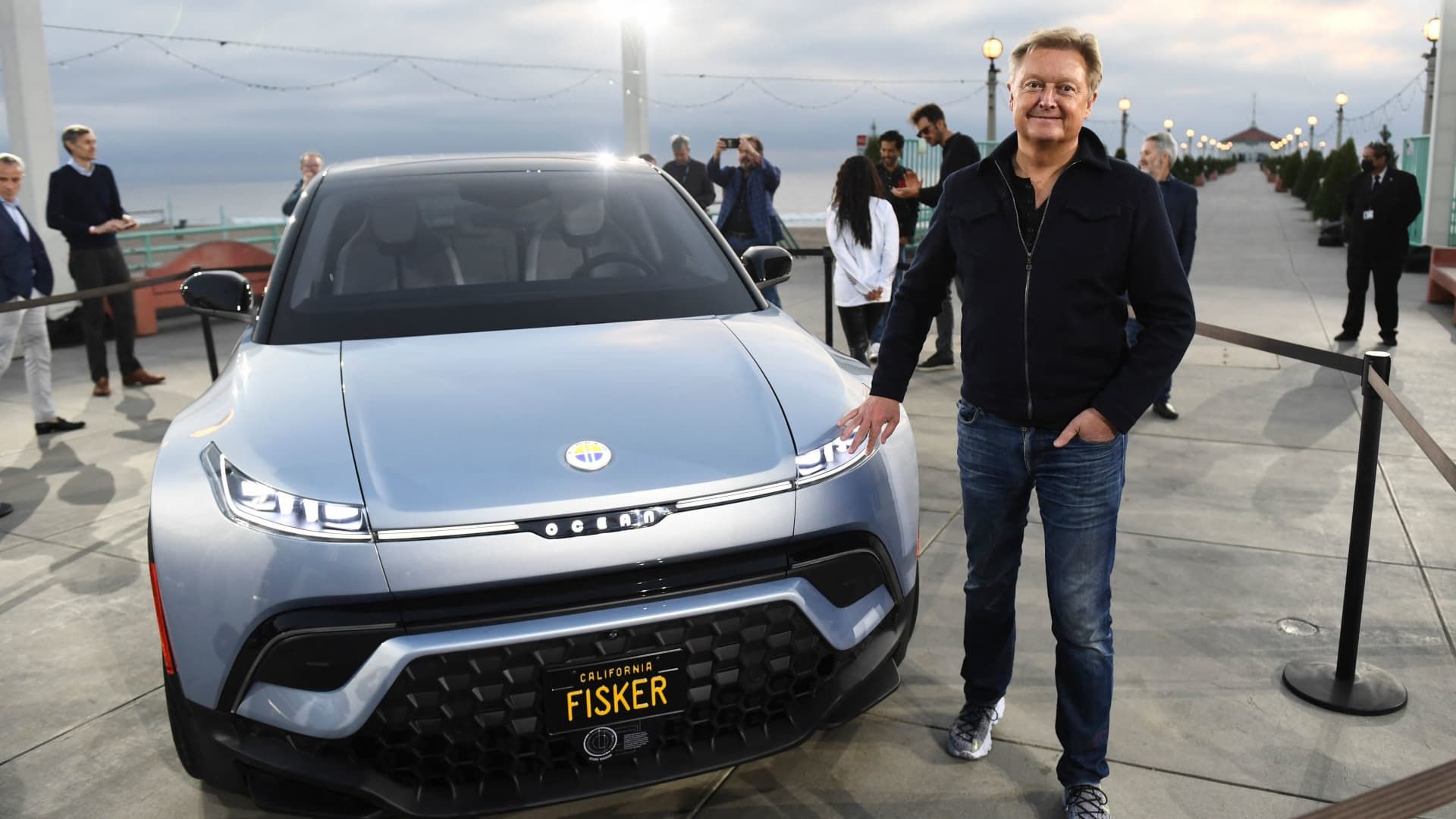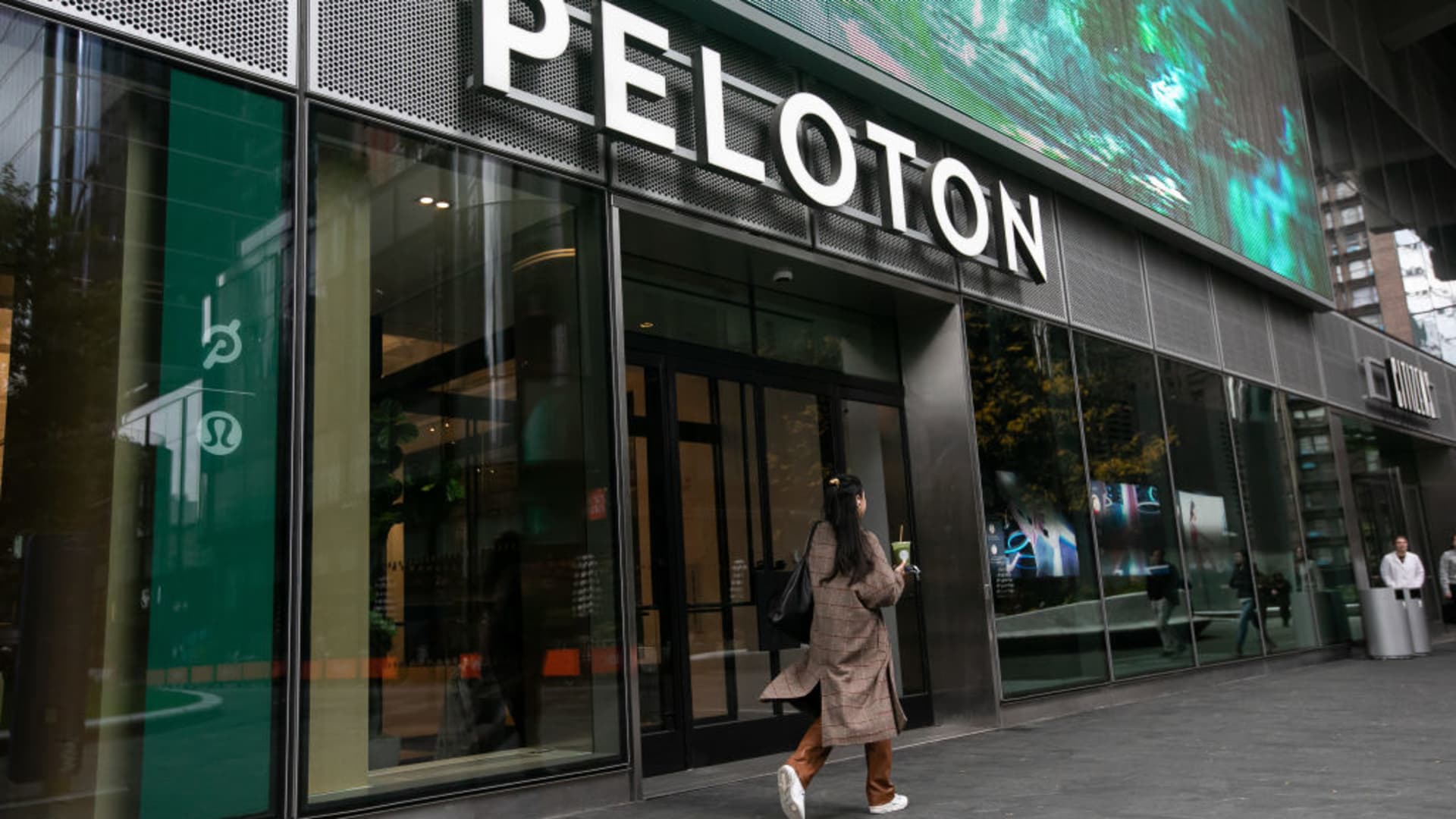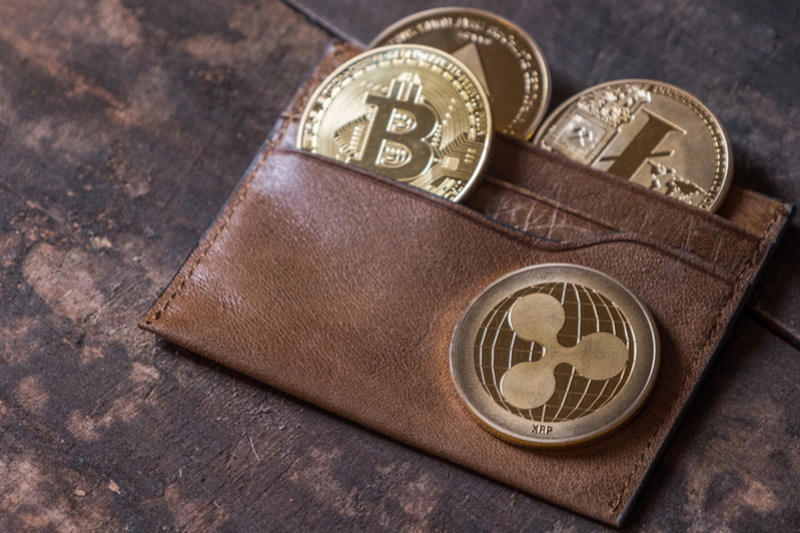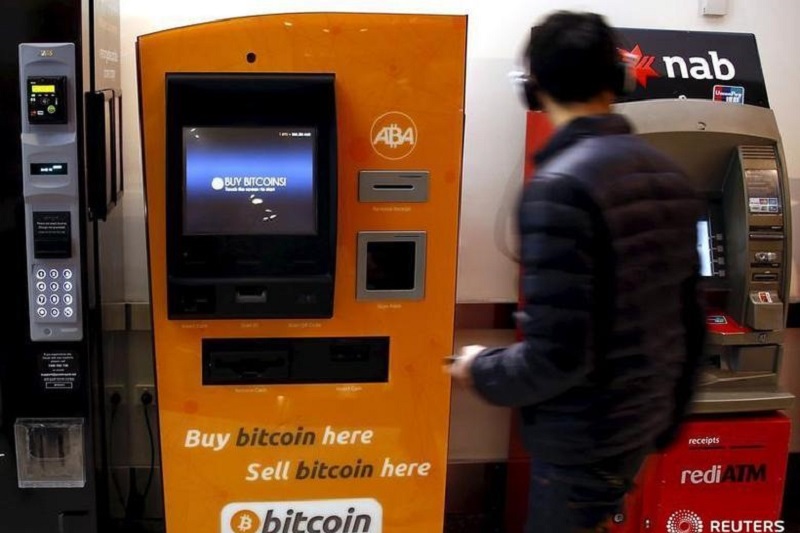Henrik Fisker stands next to the Fisker Ocean electric vehicle after its unveiling at the Manhattan Beach Pier ahead of the Los Angeles Auto Show and AutoMobilityLA on November 16, 2021 in Manhattan Beach, California.
Patricio T. Fallon | AFP | fake images
Fisker on Monday became the latest all-electric vehicle startup to file for Chapter 11 bankruptcy protection amid lackluster consumer demand, a significant cash burn and operational and product issues.
For investors, uncertainty has been on the wall for some time as Fisker expressed concerns about its ability to continue as a company in February, prompting its charismatic founder and CEO Henrik Fisker to disappear from social media and the center of attention.
It is the latest in a series of electric vehicle companies to collapse. Fisker joins other SPAC-backed companies, including Proterra, Lordstown Motors and Electric Last Mile Solutions, that have filed for bankruptcy. Others like Nicholas and Future Faraday remain in business but trade for less than $1 per share amid operational challenges, missed targets and broader industry headwinds.
It's also a bit of Déjà vu, as it marks Henrik Fisker's second car company (both with his last name) to file for bankruptcy.
The new filing comes after the automaker was unable to secure investment from a major automaker to stay afloat. Nearly four years ago, Fisker announced plans to go public through a reverse merger with an Apollo-backed special purpose acquisition company that valued the company at $2.9 billion. The deal provided Fisker with more than $1 billion in cash.
Fisker, like many other companies at the time, was buoyed by low interest rates and optimism on Wall Street around electric vehicles following the rise of the US EV leader. tesla.
“They looked at Tesla's success and Tesla was more of an anomaly than an example,” said Sam Abuelsamid, principal research analyst at Guidehouse Insights.
But consumer adoption of electric vehicles has grown more slowly than expected, costs have risen and investor interest in non-Tesla EVs has dried up. The company also faced major problems with its operations, as well as with the launch of its first product, called the Ocean SUV EV.
Software focus
Going public through a special purpose acquisition company in 2020, Henrik Fisker compared the company to U.S. electric vehicle leader Tesla and touted its manufacturing relationship with a Canadian auto supplier. magna To that of Apple and Foxconn.
The automaker, unlike most of its peers, hired a third-party manufacturer to build the Fisker Ocean crossover. The partnership with Magna was supposed to be an “asset-light” strategy, as Fisker described it, to allow the company to save cash and focus on differentiating technologies like software.
Abuelsamid said such a strategy is not inherently bad, but called the company's management inept and placed special blame on the company's CFO and COO (and wife of Henrik Fisker), Geeta Gupta-Fisker.
“That approach can work,” he said. “The problem I underestimated in the Fisker case was… top management incompetence.”

The company burned through cash and last month recalled thousands of Ocean SUVs in North America and Europe due to problems with the vehicle's software.
According to the company's Chapter 11 filing, it owes millions to software and engineering companies like Adobe, SAP America, labor group and Prelude Systems, among others. CNBC's parent company, NBCUniversal, is also listed as a major creditor.
“[The auto industry is] capital intensive. “It's about matching production and consumer demand, and when they have some type of issue with the vehicle, money should be allocated to that,” said Stephanie Valdez Streaty, director of Industry Insights at Cox Automotive. “Also when they don't.” have other income such as [internal combustion engines] financing it…makes it very challenging.”
Its operating unit, Fisker Group Inc., estimated assets between $500 million and $1 billion and liabilities between $100 million and $500 million.
At the end of last year, Fisker had $530 million in inventory as it only sold 4,700 of the more than 10,000 Ocean EVs it had produced in 2023.
Deja vu
For Henrik Fisker, a renowned automotive designer credited with designing the BMW Z8 and the Aston Martin DB9, it's Déjà vu.
His first eponymous company, Fisker Automotive, filed for bankruptcy in 2013, shortly after he left the company. He subsequently sold his assets to China's Wanxiang Group for $150 million.
The second time was supposed to be better for the founder, who said he had learned from his past mistakes at his former bankrupt company.
“Having done this before, I'm in a unique position to almost learn the lessons, which is very rare, especially in the auto industry,” he said in 2017, a year after the new company launched.
But it's hard to ignore the parallels between the two failed companies.
Both companies were highly publicized, largely because Fisker himself claimed they would revolutionize the industry. They were fueled by “free” money – first federal funds, more recently Wall Street – under the premise that “green” or electrified vehicles were the future of the auto industry.
Both also faced major quality issues that led to recalls. The first Fisker's Karma was recalled over a battery safety issue and fire risk in 2011.
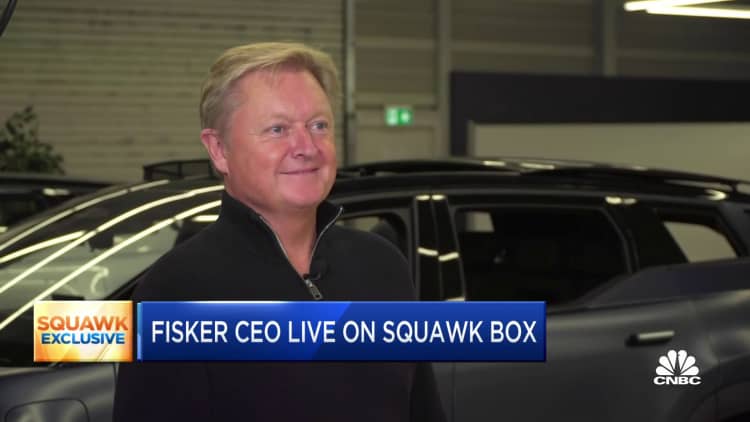
Both companies also changed direction and priorities many times.
After delivering less than half of the more than 10,000 vehicles it produced through a Tesla-like direct-to-consumer approach, No. 2 Fisker turned to a dealer-based distribution model in January.
This time there is a key difference: With the failure of the second Fisker, it is investors who are left stranded rather than American taxpayers. While Henrik Fisker's first company was boosted by a $529 million federal loan ($139 million of which the government lost), his second was funded by Wall Street's optimism about SPACs and electric vehicles. His shares were delisted in April.
A Fisker spokesperson said in a statement Tuesday morning that the company is “proud of our accomplishments” but determined that Chapter 11 was the best option.
“Like other companies in the electric vehicle industry, we have faced several macroeconomic and market headwinds that have impacted our ability to operate efficiently,” the spokesperson said in a statement. “After evaluating all options for our business, we determined that proceeding with the sale of our assets under Chapter 11 is the most viable path for the company.”

